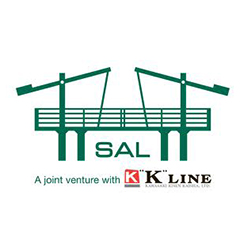North Sea Scotland (Orkney Islands)
SAL Offshore’s main vessel, the DP Class II equipped MV Lone complete with Work Class ROV, successfully installed a VOITH Hytide 1000-13 tidal turbine.
Coming directly from her previous employment on the Parbuckling Project (Costa Concordia), MV Lone pro- ceeded to Stavanger in Norway to mobilize an ROV spread and project equipment. The mobilization was com- pleted in two and a half days at which time the vessel sailed to Kirkwall/Orkney Islands in the North of Scotland to load an LARS (Launch And Recovery System) for the turbine. After conducting a HIRA (Hazard Identification and Risk Assessment) with all involved parties and a function test of the equipment, MV Lone departed Kirk- wall for the EMEC (European Marine Energy Centre) test site to conduct DP trials and ultimately install the tur- bine.
The installation process required MV Lone to lift the tidal turbine from its transportation cradle on a barge and place it on the pre-installed foundation. Securely installed in the foundation, the turbine blades are some 14 m below sea level.
Holding position in a current of 5 knots
Installing tidal turbines is very demanding for a vessel’s DP system as the position has to be held in strong cur- rents. In this case, there was a time slot for deployment only once every six hours during slack water. Although installation took place at slack water, while there was still a 1 knot tide running, the vessel was also required to sit through the full flood which peaked at a maximum current of 5 knots. The WROV served as a support to monitor the process under water as well as hooking up controls.
For the subsequent commissioning test program, MV Lone remained on site holding her position in the current while still being connected to the turbine. After its successful commissioning, MV Lone returned to Kirkwall to de-mobilize the equipment.



























